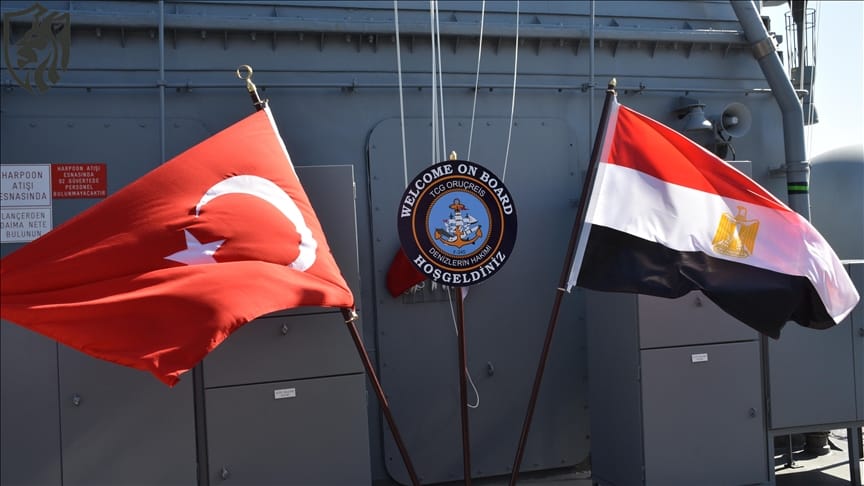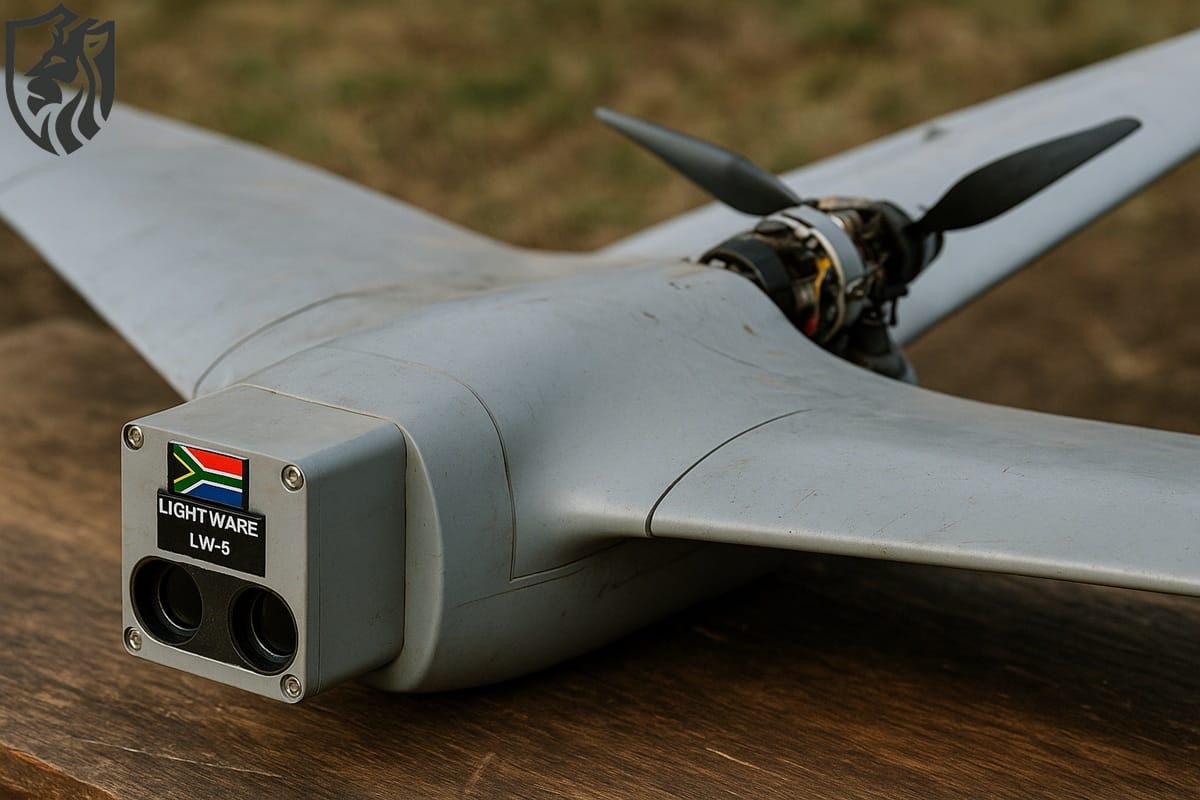
Turkey–Egypt Naval Drill 2025 — Thaw After 13 Years
Why the Turkey–Egypt naval drill matters in 2025
The Turkey–Egypt naval drill held on 22–26 September 2025 marks the first joint exercise in 13 years, signalling a carefully managed reset after a decade of estrangement. The five-day Sea of Friendship-2025 (Bahr El Sadaka) unfolded in the Eastern Mediterranean and featured a high-level observer day, underscoring political intent as well as naval professionalism. AP News+2eKathimerini+2
From freeze to functional engagement
Ankara and Cairo suspended defence cooperation after 2012–2013 amid clashing positions on Egypt’s internal politics, Libya, and maritime boundaries. However, since 2023–2024, leaders restored ambassadors and resumed top-level visits, paving the way for the Turkey–Egypt naval drill as a low-risk, high-signal engagement between two heavyweight fleets. AP News

What the exercise actually included
Open sources indicate the Turkey–Egypt naval drill combined port-phase briefings and sea-phase manoeuvres. Turkey deployed frigates, fast attack craft, a submarine, and F-16s; Egypt contributed naval units focused on combined maritime tasks. Distinguished Observer Day on 25 September at Aksaz Naval Base featured senior commanders Adm. Kadir Yıldız and Rear Adm. Mohamed Hassan El-Sherbeny, highlighting command-level buy-in. eKathimerini+2en.yenisafak.com+2
Interoperability goals
The Turkey–Egypt naval drill stressed communications discipline, air–sea coordination, and surface warfare procedures. Port-phase sessions reportedly covered special operations, cyber defence, AI applications, and unmanned systems—areas where both navies seek practical gains without political overreach. TRT World
Signals to the neighbourhood—without full alignment
Analysts read the Turkey–Egypt naval drill as a message of normalisation and risk management in contested waters. It reassures external partners that crisis channels exist, yet it does not erase deep differences on maritime jurisdiction or Libya. Egypt recently restated positions at odds with Turkish claims, so expectations should be measured: cooperation has resumed, alignment has not. eKathimerini
Why now? Three converging incentives
- Regional de-escalation logic: After years of brinkmanship, both capitals benefit from crisis prevention mechanisms; the Turkey–Egypt naval drill is a cost-effective step.
- Economics and energy: Trade recovery and energy logistics push both sides to manage disputes and keep sea lanes predictable.
- Operational learning: Joint evolutions let crews benchmark TTPs and reduce friction for future HADR, evacuation, or maritime security missions. These outcomes are incremental but real, as reflected in the exercise’s scale and senior attention. TRT World+1

What to watch next
The Turkey–Egypt naval drill does not automatically reopen defence procurement channels, yet it creates space for staff talks, port visits, and limited follow-on activities. If both navies schedule another serial in 2026, observers should look for broader task groups, ASW play, and more complex air coordination—clear signs that the thaw is institutionalising. Conversely, maritime boundary flare-ups could cap cooperation at symbolics.
Bottom line
The Turkey–Egypt naval drill ends the performative freeze and begins a pragmatic phase of managed competition. It is a tactical rapprochement with strategic guard-rails. If repeated, it will harden into a professional habit—useful for stability even when politics zig-zag.
References
- https://apnews.com/article/5e2ae10f51c602d5f856efc5c1efa33d
- https://english.ahram.org.eg/NewsContent/1/1237/554046/Egypt/Defence/Egypt%2C-Turkey-conclude-Sea-of-Friendship–naval-dr.aspx
- https://www.ekathimerini.com/politics/foreign-policy/1281235/turkey-and-egypt-holding-first-navy-air-exercises-in-13-years/
- https://www.trtworld.com/article/5eef54869c8c









